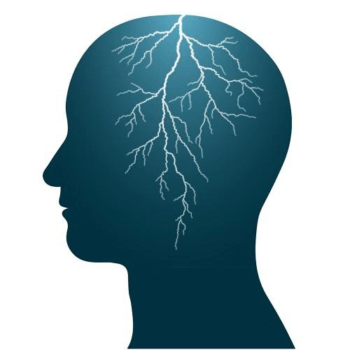Seeking Ways To Treat Epilepsy

Edgar Allen Poe had it, so did Julius Caesar.
Also Charles Dickens, Vincent Van Gogh, Lord Byron, Napoleon, Socrates, Joan of Arc, Richard Burton, Tchaikovsky, Neil Young, Theodore Roosevelt and Alfred Nobel. It’s epilepsy, a disorder that has been around for thousands of years, and Texas A&M University researchers are trying to find ways to treat the ailment that affects about 1 in every 100 Americans and about 65 million people worldwide.
The condition is caused by abnormal activity in the brain, and the results are seizures, some lasting just a few seconds but others lasting 20 minutes or more.
Texas A&M pre-med student Iyan Younus is studying the disorder and his research has uncovered promising treatment procedures for epilepsy.
Younus, a senior biomedical sciences student from Cameron, Texas is working alongside Dr. Samba Reddy, professor of neuroscience and experimental therapeutics at Texas A&M Health Science Center College of Medicine, and their focus is what triggers epilepsy and how to lessen the seizures when they occur.
They have been zeroing in on a neurosteroid that shows promise in treating the physiological mechanism and development of epilepsy. Neurosteroids are naturally occurring hormones in the brain.
Using mice as models, Younus has found that high doses of neurosteroids tend to stabilize the brain, which prevents or slows down epileptic seizures.
“These seizures occur when the brain activity becomes irregular, and the brain releases abnormal electrical impulses,” he explains.
“When the brain is ‘firing off’ too many impulses, that’s when seizures begin, and when several neurons in the brain fire off at once, it can result in uncontrollable muscle movement and possibly dangerous seizures.”
Humans are not the only victims of epilepsy. It occurs in the animal world, and dogs and cats are especially prone to the disorder.
When a seizure does occur, almost anything can happen, and it can be a life-threatening situation. The body temperature tends to rise, breathing can be difficult and stress to the heart can cause cardiac problems.
“Most seizures do not last very long, and we still don’t fully understand what triggers them,” Younus adds.
“We are testing out a new drug called Ganaxalone that shows promise in treatment. The next step is to test this and other drugs and find out which ones work the best in clinical trials. It can be a long process.”
Media contact: Keith Randall, Texas A&M News & Information Services.





